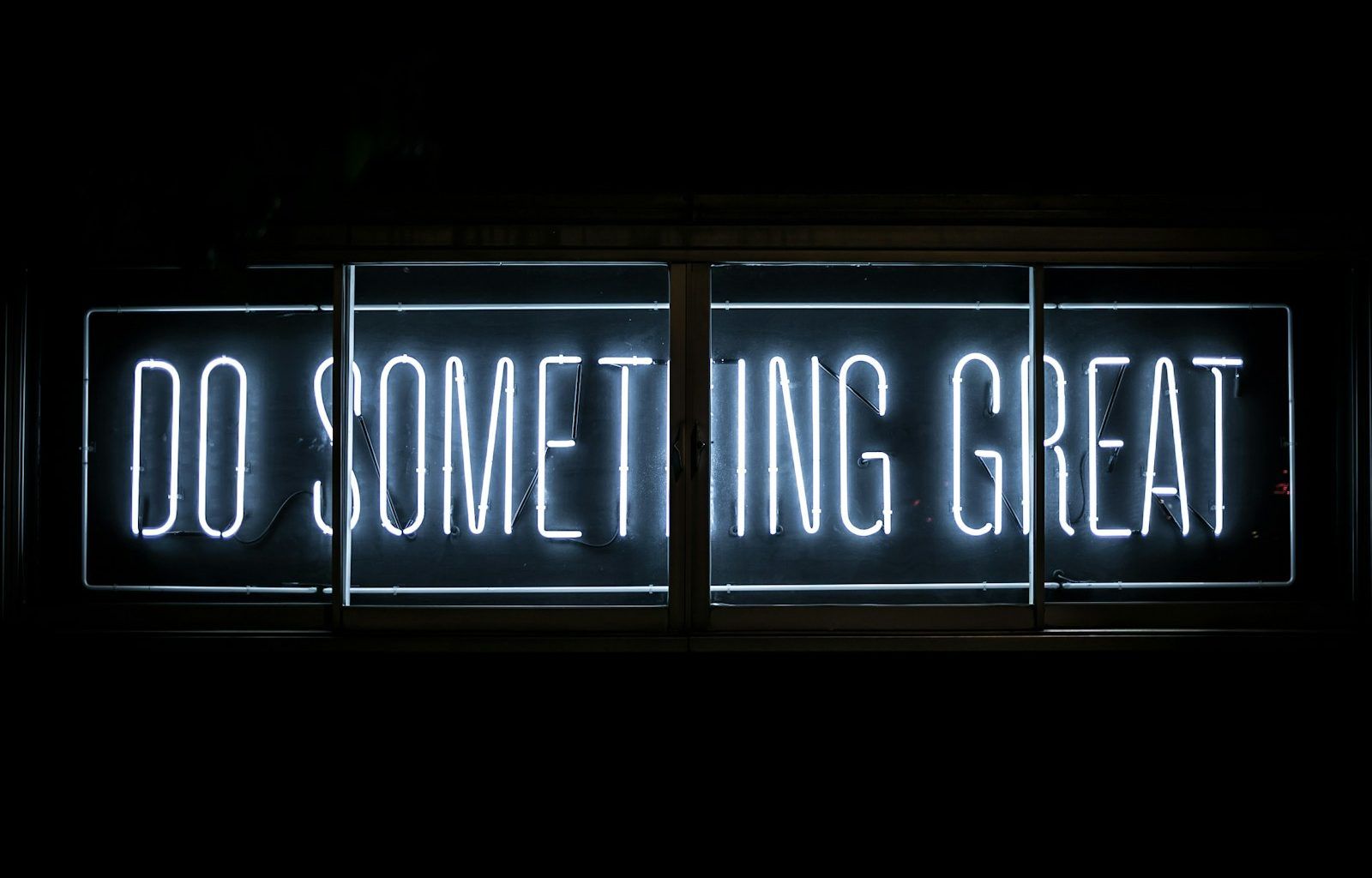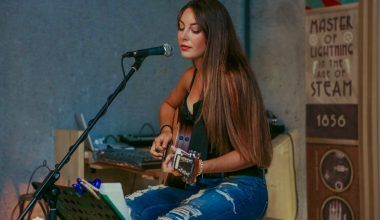In today’s world, social media for artist has become an essential tool for artists to showcase their talent and reach audiences far and wide. Gone are the days when you had to rely solely on galleries, agents, or word of mouth to share your creations. With just a few clicks, you can now connect with millions of people who are eager to see and support your work.
The beauty of social media for artist lies in its accessibility. Whether you’re a painter, sculptor, photographer, or digital artist, platforms like Instagram, Facebook, Twitter, TikTok, and Pinterest allow you to share your art with a global audience. Not only can you display your work, but you can also interact with fans, receive feedback, and even sell your creations directly.
But where do you start? How do you make the most of these platforms? And how can you ensure that your efforts yield tangible results? This blog will guide you through the process of using social media as an artist, step by step.
social media for artist is not just about likes and followers; it’s about creating connections. For artists, it provides a platform to tell your story, share your creative process, and engage with a community that appreciates your craft.
Think about it—every time you post, you have the opportunity to introduce your art to someone new. These connections can lead to opportunities you might never have imagined. From collaborations and commissions to exhibition invitations and sales, the potential is endless.
Moreover, social media gives you control over how your art is presented. You can curate your feed to reflect your unique style and vision, ensuring that every visitor sees the essence of who you are as an artist.
Choosing the Right Platform
Each social media platform has its strengths, and the best one for you depends on your goals and artistic medium. Here’s a quick breakdown:
- Instagram: Perfect for visual artists. Its image-focused format is ideal for showcasing paintings, sketches, and photographs. Stories and reels also allow you to share behind-the-scenes content.
- Facebook: Great for building a community. You can create a page, join art groups, and engage in discussions.
- TikTok: A rising star for creative minds. Short videos can showcase your process, tips, or even your personality in a fun way.
- Pinterest: Amazing for inspiration and visibility. By pinning your work, you can reach users looking for specific art styles or themes.
- Twitter: Ideal for sharing updates, networking with other artists, and participating in trending topics or challenges.
Experiment with a few platforms to see which ones resonate most with your audience and align with your personal preferences.
Building Your Online Presence
Creating a strong online presence takes time, but consistency is key. Start by optimizing your profile. Use a clear, professional profile picture—perhaps your logo or a photo of you working on your art. Write a bio that succinctly describes who you are and what you do. Don’t forget to include a link to your portfolio, website, or online store.
Your content is the heart of your online presence. Post regularly, but prioritize quality over quantity. High-resolution images of your work, videos of your process, and thoughtful captions can make a significant impact. Be authentic; people love connecting with the person behind the art.
Engaging With Your Audience
Social media is a two-way street. While posting content is essential, engaging with your audience is equally important. Respond to comments, answer questions, and show appreciation for your followers. Engagement builds loyalty and encourages people to share your work.
Another way to engage is by participating in challenges or collaborations. For example, joining an art hashtag challenge can help you reach new audiences and connect with fellow artists.
Hashtags are your best friends on social media. They help categorize your content, making it easier for users to find you. Use a mix of popular hashtags and niche ones related to your art style or subject matter. For instance, if you’re a watercolor artist, try tags like #WatercolorArt, #ArtistOnInstagram, or #ArtProcess.
Keywords also play a role in making your content discoverable. Think about terms your audience might use to search for art like yours and incorporate them into your captions and posts.
Showcasing Your Process
People love seeing how art comes to life. Sharing your creative process can captivate your audience and make them feel more connected to your work. This could include:
- Time-lapse videos of your painting or sculpting process
- Step-by-step tutorials or progress shots
- Behind-the-scenes glimpses into your workspace
These kinds of posts are not only engaging but also give viewers a deeper appreciation for your craft.
Collaborations and Networking
Social media is a powerful networking tool. Reach out to other artists, brands, or influencers for collaborations. These partnerships can introduce your work to new audiences and add variety to your content.
Networking doesn’t always have to be formal. Engaging with posts, joining art communities, and attending virtual events are great ways to connect with others in the art world.
Selling Your Art Online
Many artists use social media as a platform to sell their work. If this is one of your goals, make it easy for potential buyers to purchase from you. Link your shop or website in your bio, and occasionally post about pieces that are available for sale.
Platforms like Instagram and Facebook even offer shopping features, allowing you to tag products directly in your posts. Be transparent about pricing and shipping details to avoid confusion.
Overcoming Challenges
While social media offers numerous benefits, it’s not without challenges. It can be time-consuming, and it’s easy to feel overwhelmed or discouraged by metrics like likes and follows.
Remember, social media is just one tool in your arsenal. Focus on creating meaningful connections and showcasing your authentic self. Quality engagement often matters more than sheer numbers.
If you ever feel stuck, take a break, reassess your strategy, and remind yourself why you started in the first place. Your passion for art should always be the driving force.
Measuring Your Success
Tracking your progress is crucial. Most platforms offer analytics tools that provide insights into your audience’s demographics, engagement rates, and the performance of your posts. Use this data to refine your strategy and better understand what resonates with your followers.
Celebrate your milestones, no matter how small. Every new follower, comment, or sale is a step toward your goals.
Final Thoughts
social media for artist is a powerful ally for artists, offering endless opportunities to share your work, build a community, and achieve your dreams. By choosing the right platforms, staying consistent, and engaging with your audience, you can unlock its full potential.
Remember, the journey might be challenging at times, but every post, comment, and connection brings you closer to your artistic aspirations. So, pick up your brush, camera, or tablet, and let the world see the magic you create.
For further reading, explore these related articles:
- Fleetwood Mac: A Journey of Timeless Music and Unforgettable Stories
- The Complete Guide to Indo Songs: A World of Culture and Music
For additional resources on music marketing and distribution, visit DMT Records Pvt. Ltd..






